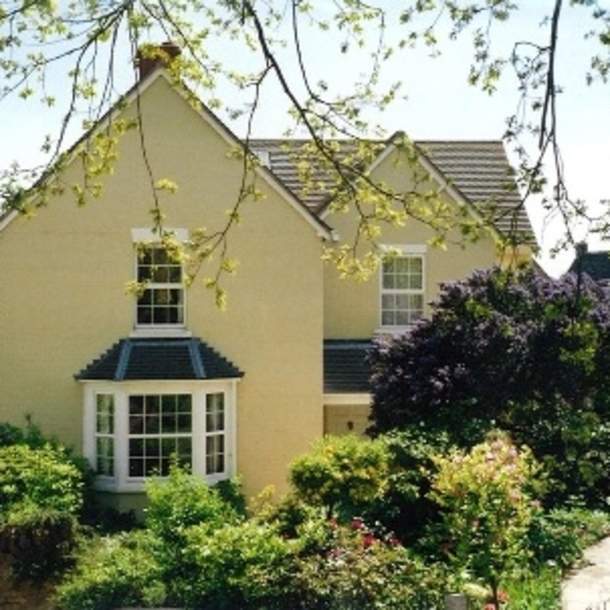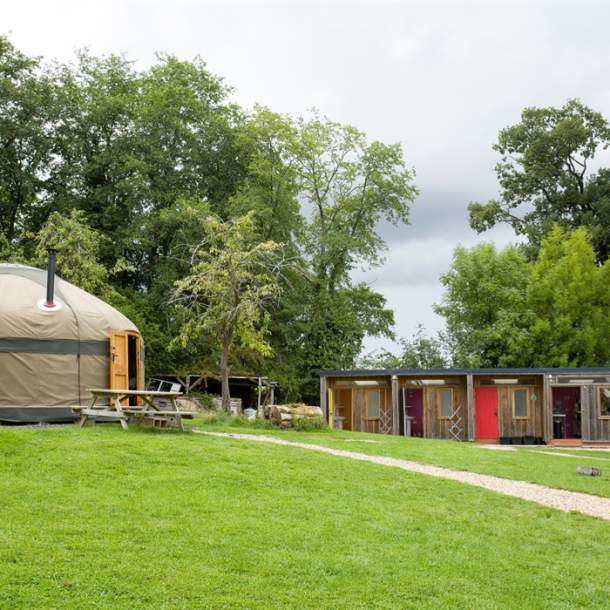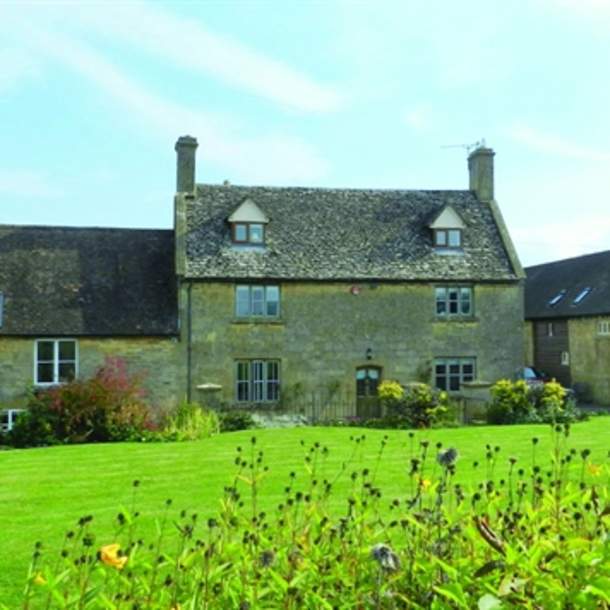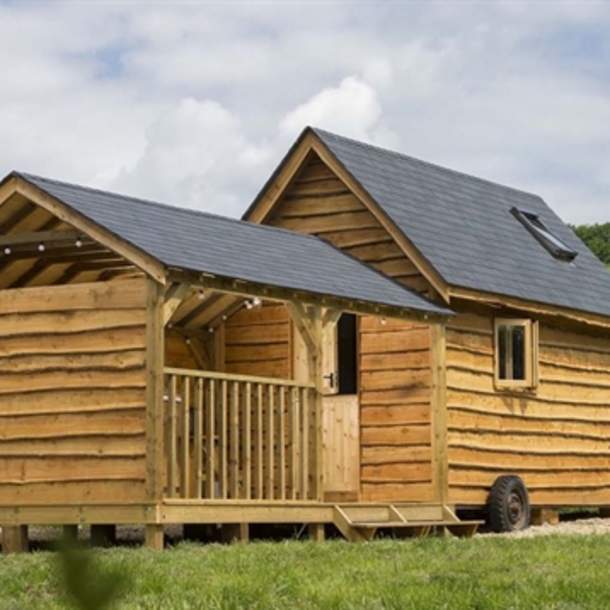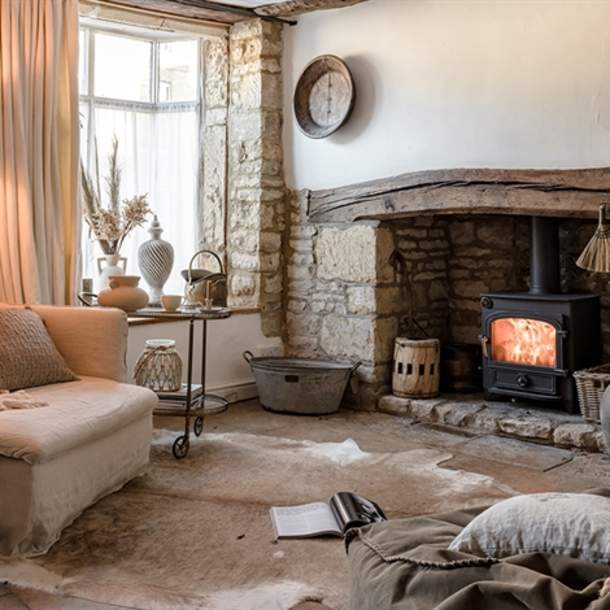Discover Chipping Campden
One of the jewels of the Cotswolds, Chipping Campden is one of the best preserved and most historically important Cotswold towns. A planned town of the late 12th century, its original layout can still be traced along the High Street following the line of an important trading route. The ancient word ‘chipping’ refers to the market - the surviving Market Hall was built in 1627 by Sir Baptist Hicks for the sale of cheese, butter and poultry.
The Church of St James is at the north end of the town, perhaps one of the finest ‘wool’ churches in the Cotswolds, built with money from the flourishing wool trade. It is famous for having one of the oldest altar tapestries and largest brasses in England. Alongside the church are the gates of Campden House, most of which was destroyed during the English Civil War.
The Court Barn Museum in the town tells the story of craft and design in the Cotswolds. C R Ashbee brought the Guild of Handicraft to the Old Silk Mill in the town in 1902. Unfortunately it did not prosper and by 1908 many artists had returned to London. However some stayed on, and the Hart family, descendants of George Hart, still have their workshops in the Old Silk Mill today.
On nearby Dover’s Hill, Captain Robert Dover founded the Cotswold Olimpicks in the 17th century and they are still celebrated every year attracting people from around the world, a bizarre mix of sports, games and village festivities including the famous 'shin kicking' contest.
This small town is situated amongst beautiful Cotswold scenery and has wonderful walks including the 104 mile Cotswold Way, which starts (or ends!) in the town and follows the escarpment down to Bath.




